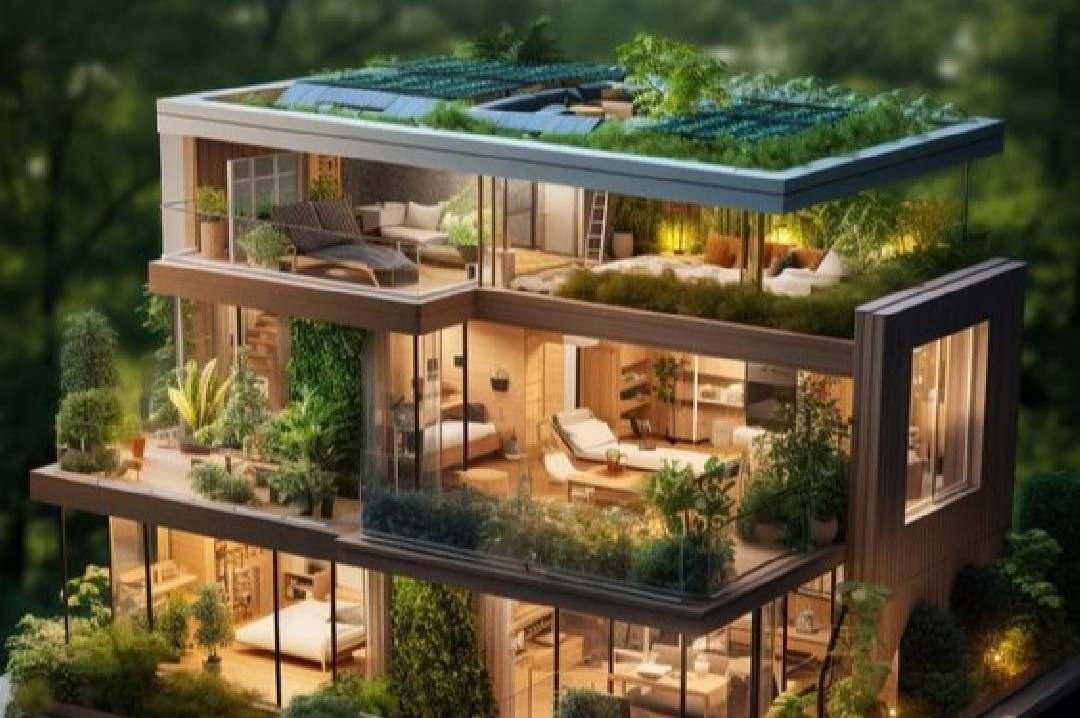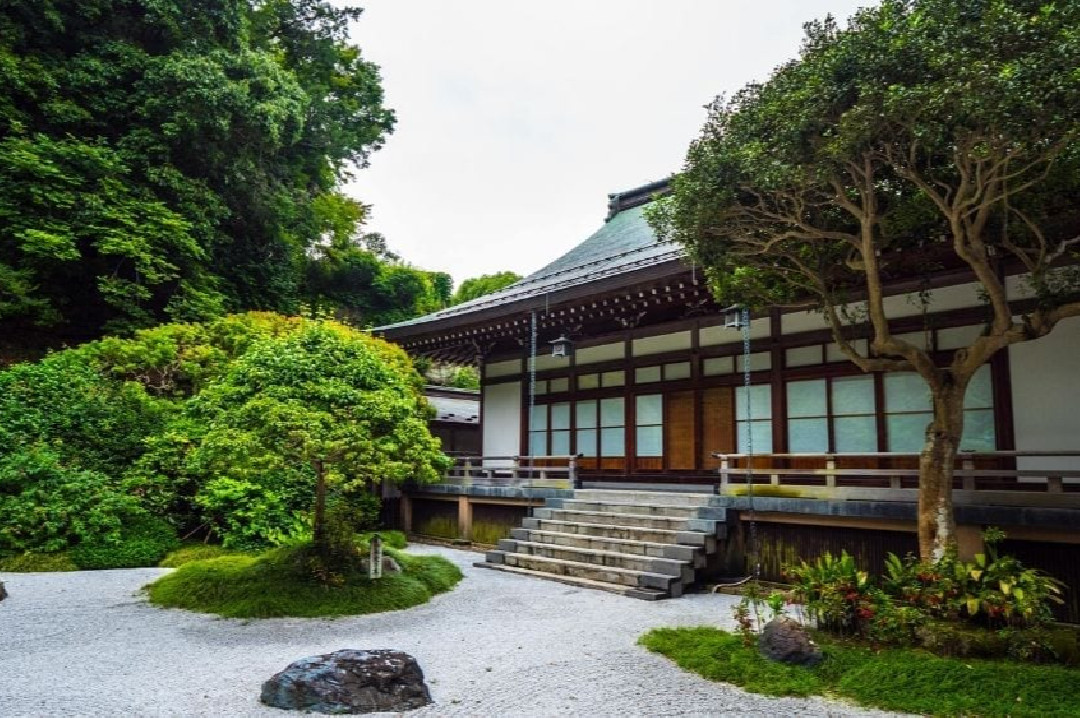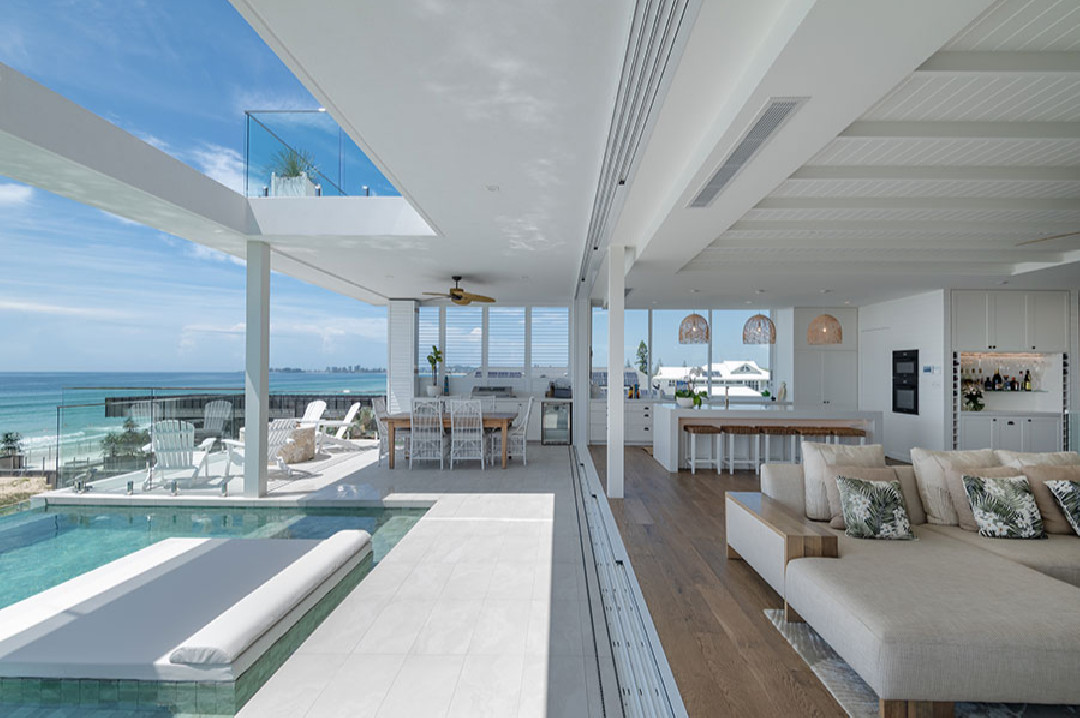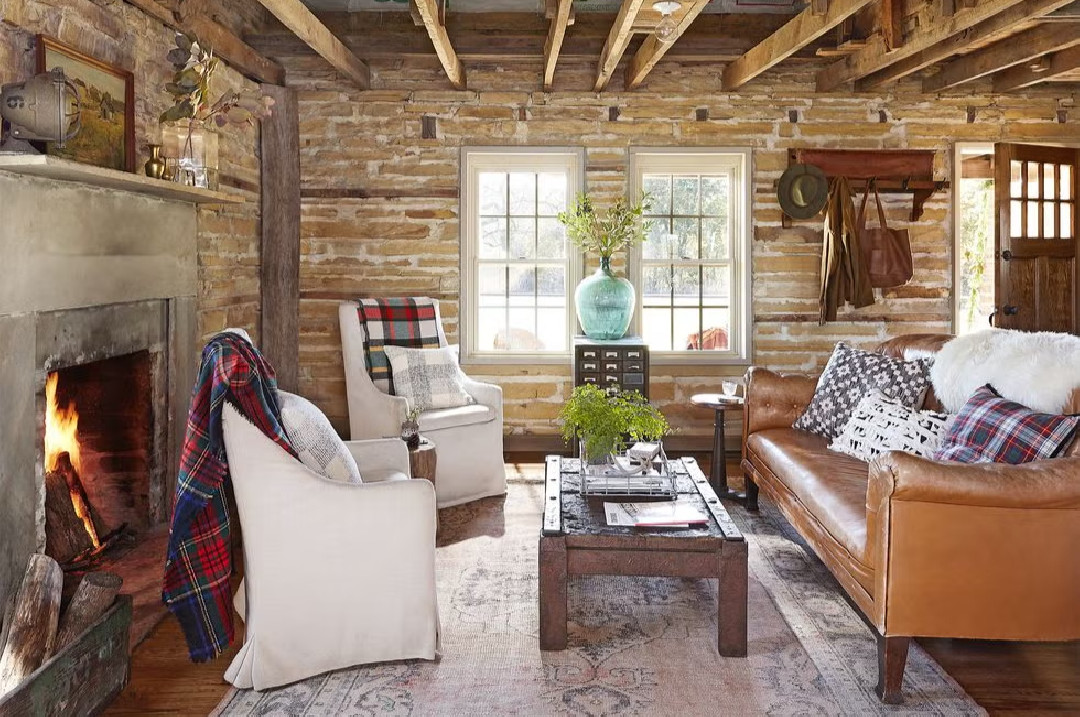Understanding Eco-Friendly Design Concepts for Environmentally Friendly Homes

Introduction
In the modern era of increasingly environmental awareness, eco-friendly design concepts for homes have become increasingly important and in demand. An environmentally friendly home not only benefits the environment, but also its residents by creating a healthy, comfortable and sustainable environment. By understanding eco-friendly design principles, homeowners can integrate sustainable practices into every aspect of building and managing their home. Eco-friendly design aims to reduce negative impacts on the natural environment, from the choice of building materials to the use of energy resources. This is done by considering the material life cycle, energy efficiency, indoor air quality and holistic waste management. This approach includes various elements, from structural design to the latest technological systems, aiming to optimize the balance between human comfort and environmental sustainability.
This article will explore the basic concepts of eco-friendly design for an environmentally friendly home, as well as provide insight into best practices that homeowners can implement. With a deep understanding of how eco-friendly design can be applied in a home context, it is hoped that readers will be able to make more sustainable decisions in building or renovating their homes. Let's start exploring this exciting and useful world of eco-friendly design.
1. Utilization of Renewable Energy

Utilizing renewable energy is one of the main principles in eco-friendly design, which not only helps reduce negative impacts on the environment, but can also save long-term energy costs. In the home context, the use of renewable energy can start with considering installing solar panels. Solar panels are a technology that is increasingly popular and effective in utilizing solar energy as a clean and renewable energy resource. By installing solar panels on the roof of your house, you can generate your own environmentally friendly electricity and reduce dependence on fossil energy sources.

Apart from using solar panels, also consider using a solar water heating system. Solar water heating systems use solar energy to heat water, which can be used for bathing, washing and other household needs. By using a solar water heating system, you can reduce the consumption of gas or electricity energy normally required to heat water, thereby helping to reduce your household's carbon footprint. Apart from that, using energy-saving LED lights is also an important step in reducing household energy consumption. LED lights are more efficient in using energy compared to incandescent or fluorescent lights, so they can save energy significantly in the long term. In addition, LED lamps have a longer lifespan, thereby reducing electronic waste and the cost of regularly replacing lamps.
2. Selection of environmentally friendly materials

Choosing environmentally friendly building materials is one of the key aspects of eco-friendly design. The materials used in building a house can have a significant impact on the environment, from the production process to long-term use. Therefore, choosing environmentally friendly materials can help reduce your home's carbon footprint and increase environmental sustainability. One important step in selecting materials is to avoid using materials that contain dangerous chemicals, such as formaldehyde or VOCs (Volatile Organic Compounds). These chemicals can be released into the home's air for years after installation, causing indoor air pollution that is potentially harmful to the health of home occupants. Instead, choose materials that are environmentally friendly and free from dangerous chemicals, such as environmentally friendly paint that is free of VOCs or floors made from natural materials such as wood or bamboo that have been processed using safe methods.

Apart from that, also consider using materials that have a long service life and require little maintenance. Materials such as natural stone, brick, or stainless steel generally have a longer service life than other materials, minimizing the need for repeated replacements and repairs. This not only reduces construction waste, but also reduces the consumption of natural resources for the production of new materials.
3. Environmentally Oriented Design

The main consideration in environmentally oriented design is the arrangement of windows. Choosing large, strategically placed windows will allow maximum sunlight to enter the house. This natural light will not only create a bright and pleasant atmosphere, but also reduce reliance on electric lights during the day, reducing overall energy consumption. Apart from that, good air circulation is also important for the health and comfort of the occupants of the house. By designing doors and windows that can be opened widely, fresh air can easily enter the house, improving indoor air quality and reducing dependence on air conditioning.

Apart from choosing windows, using a green roof design or planting vegetation around the house can also improve energy efficiency and air quality. Green roof designs can help absorb excess solar heat, reduce the effects of urban heat, and improve a home's thermal insulation. Apart from that, plants around the house can also help filter air pollution and create a cooler and more comfortable environment.
4. Waste and Water Management
Efficient waste and water management is an important component of eco-friendly design for an environmentally friendly home. By considering appropriate ways to manage waste and save water use, we can reduce negative impacts on the environment and maintain a better balance in the ecosystem. One important step in eco-friendly design is the installation of a rainwater collection system. This system allows the collection of rainwater from the roof of the house which can then be reused for various non-potable purposes, such as garden irrigation, washing vehicles, or even used as toilet water. By utilizing collected rainwater, we can reduce dependence on clean water sources, as well as reduce the burden on the rainwater drainage system which is generally the cause of flooding and erosion.
5. Smart Technology Integration
Integrating smart technology is an important step in maximizing energy efficiency and comfort in an environmentally friendly home. Smart technology not only provides comfort and convenience for home residents, but also helps reduce energy consumption significantly. One example of the use of smart technology is an automatic temperature control system. This system utilizes temperature sensors and thermostats that are connected to the heating and air conditioning system. By using intelligent algorithms, this system can regulate room temperature automatically according to the preferences of the home occupants and environmental conditions.

Apart from that, light sensors can also be used to optimize the use of lighting in the house. By using light sensors connected to the lighting system, the lighting in the house can be adjusted automatically according to the existing natural light levels. This not only reduces energy consumption because the lights do not need to be on during the day, but also creates a more comfortable and natural atmosphere for the home's occupants.
Conclusion
Eco-friendly design for an environmentally friendly home involves the use of renewable energy, efficient waste management, integration of smart technology, and the selection of environmentally friendly materials. By paying attention to these aspects, homeowners can create a healthier, more comfortable and sustainable environment for their residents, while also making a positive contribution to global environmental conservation. With these practical steps, we can move towards a greener and more sustainable future.






